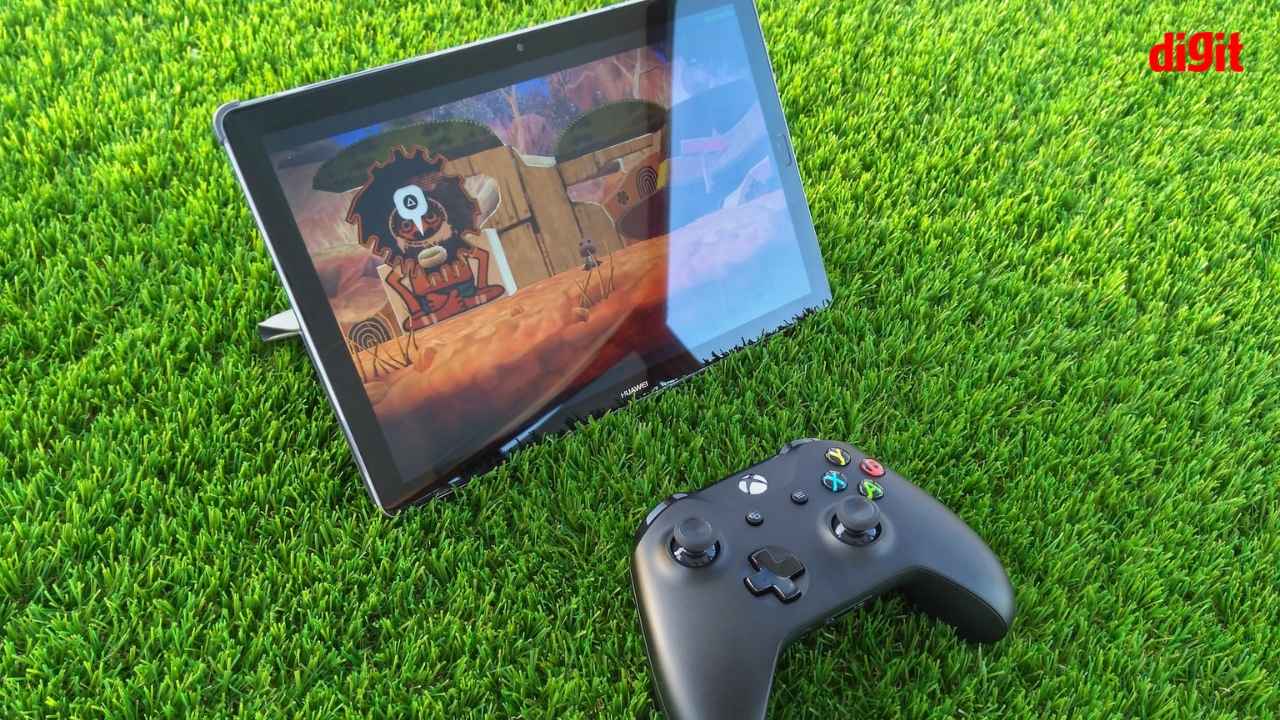Cloud Gaming’s going to be huge in the future of gaming: Here’s why

The question of whether cloud gaming is the future of gaming is a multi-billion-dollar question that arises frequently. I am firmly convinced that it is the future and not a distant one at that.
Cloud gaming might just be on the verge of prime time as gaming hardware becomes more expensive to purchase and manufacture, and high-speed internet connectivity becomes increasingly accessible and affordable. Just as enterprise computing moved to the cloud several years ago, gaming is destined to follow suit.
While Google, Microsoft, Sony, and Amazon have all taken a shot at cloud gaming, Nvidia's GeForce Now (with its latest offering) is the most serious attempt toward making cloud gaming a force to reckon with. A $20/month (approximately Rs.1600/month) GeForce Now subscription gets you a GeForce RTX 4080 class gaming rig with support for 4K@120FPS gaming. If you were to build the same rig, it'd be close to Rs. 2,00,000 of upfront investment. Layer in the benefits of being able to log in and game from any computer (or a smartphone), without the need to lug around heavy, expensive hardware and there's very little to complain about. It's no surprise that GeForce Now surpassed 20 million subscribers in Aug 2022 and I won't be surprised if that number is close to 50 million by the end of March 2023. Keep in mind, the service is largely available in the US and Europe region.
So, where's the catch? Well, there's none.
The building blocks of cloud gaming have levelled up rapidly over the past 12 months. The easy availability of faster, low-latency fibre-based internet connectivity has ensured most gamers are coasting on 100Mbps lines at home without spending a fortune. Add the move towards efficient compression technologies such as AV1 and the game begins to change. Cloud gaming is no longer the inferior, compromised experience that leaves a bad taste in your mouth. It's almost ready to go all guns blazing with the latest hardware, software, and infrastructure coming together to deliver the same gaming experience that you get from that beefy, heavily cooled gaming rig on your desk. Just that it sits in the cloud, allowing you to convert any PC into a gaming PC. All you need is a stable, 100Mbps fibre-based internet connection with no data caps.
I tried my hand at cloud gaming via the JioGamesCloud and my experience wasn't great, thanks to the highly limited and basic games library offered by Jio. Furthermore, the poorly designed interface further added to my woes. On the bright side, as far as latency/lag are concerned, I was pleasantly surprised. It was as good as running the games (single-player) natively. Having read some glowing reviews of GeForce Now, I couldn't resist the temptation to try it out. But resorting to a VPN-based trial meant I'd be compromising on the key ingredients – bandwidth and latency. The experience was far from the real deal, but the ease of accessibility was the big reveal. It took me all of 7 minutes to create a GeForce Now account, sync my steam account with it, and get access to my steam library. With no downloads, no installation, and no logins (apart from Steam), I was game ready in no time!
Cloud gaming is a great way to make gaming accessible and also affordable. It's also great from an environment and power efficiency point of view. Although I strongly believe that cloud gaming is the future of gaming where all gaming platforms, including mobile, PC, and console, will merge into one, it also paints a grim picture for me. It does raise some questions about the future of gaming hardware. Will PC building be restricted to enthusiasts? Will gaming laptops as we know them today cease to exist? And what about the beefy gaming phones boasting of vapour chamber-based cooling and other such gimmicks?
Cloud gaming may be the future, but it's a future that should perhaps take its own sweet time 😉
This column was featured in Digit magazine’s March 2023 issue.
Soham Raninga
Soham Raninga is the Chief Editor for Digit.in. A proponent of performance > features. Soham's tryst with tech started way back in Dec 1997, when he almost destroyed his computer, trying to make the Quake II demo run at >30FPS View Full Profile





